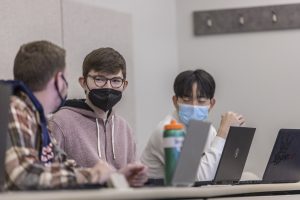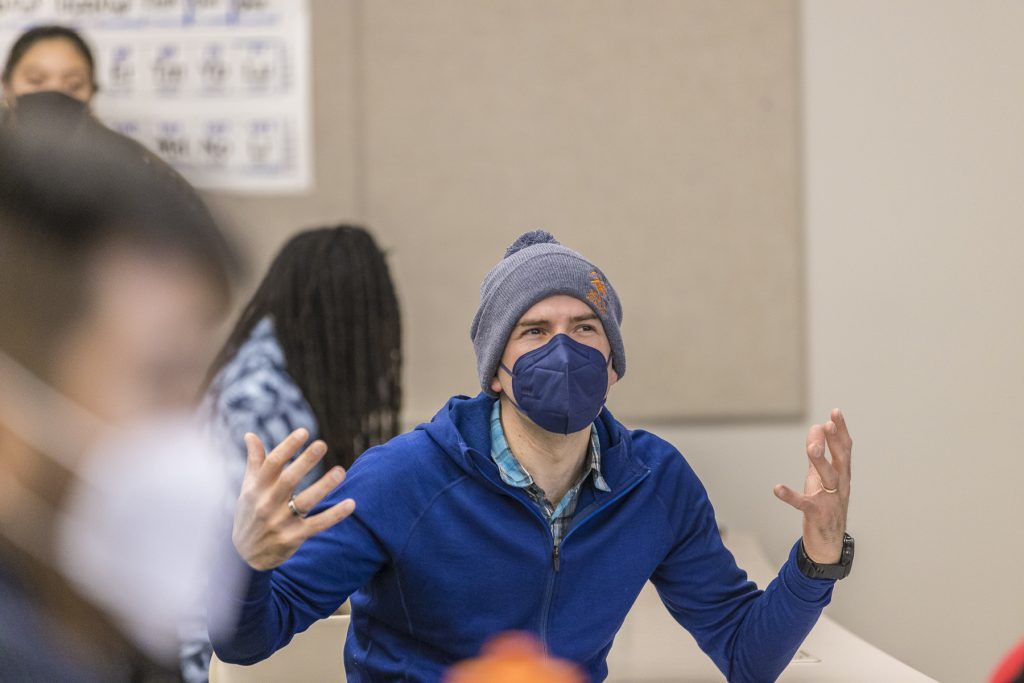
Professor Alan Chapman shares a snapshot of his geology course Geohazards.
Why take this class? To better understand the processes behind natural hazards (or as I like to call them, the many ways the planet can kill you) and the intersections between hazards and society.
Course description
An introductory course for students of all backgrounds aimed at: 1) understanding the geology behind disasters, including earthquakes, volcanoes, floods, tornadoes, hurricanes, sinkholes, landslides, climate change, asteroid impacts, and changes in Earth’s magnetic field; 2) investigating the intersection of risk with society and at a personal level. Also includes one fieldtrip to view sinkholes, landslide debris, and spelunk in the Twin Cities!
Why take this class?
To better understand the processes behind natural hazards (or as I like to call them, the many ways the planet can kill you) and the intersections between hazards and society. The effectiveness with which we mitigate hazards is strongly influenced by our elected officials, so I spend some time soapboxing on the importance of voting.
Geohazard tip: Tornado
If you find yourself face to face with a tornado (one of the main hazards we contend with here in Minnesota) take shelter in a ditch or gully, lie down, and cover your head with your hands–it could be the difference between survival and getting sucked away or being pummeled by debris. Do not seek shelter beneath a highway underpass!
 Building community in class
Building community in class
We spend a lot of time cross-pollinating in this class. Examples include maintaining a class blog (“hometown (geo)hazards,” where students describe where they came from and the hazards they have faced or the potential hazards affecting their home), holding student-led poster sessions on socio-political issues pertaining to hazards, and critically evaluating disaster movies (e.g., San Andreas, Dante’s Peak, and Don’t Look Up) as a class.
What new knowledge will you take away from this class?
Students will be empowered to recognize when tectonic (e.g., volcanoes and earthquakes), atmospheric (e.g., hurricanes and tornadoes), and surface (e.g., landslides, flooding) hazards are present in their surroundings and respond accordingly (e.g., by not buying a house on a floodplain, by knowing what to do in a lightning storm, and how to ride out an earthquake).
Outside of class you will find me…
Seeking type 2 fun via trail running or cross-country skiing.

February 21 2022
Back to top




